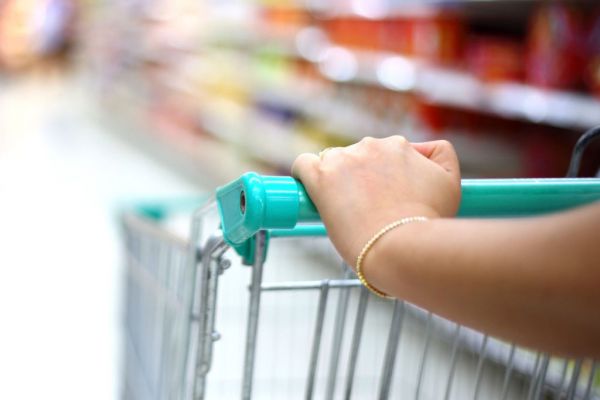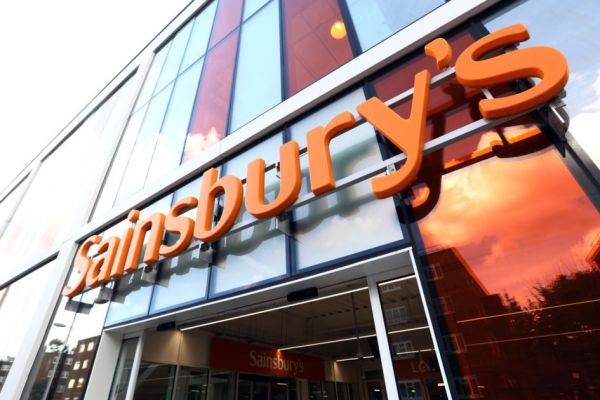People will always need food, but the way they get it will change. In the wake of the COVID-19 pandemic, longstanding grocery store design trends are falling out of favour for being unhygienic, inefficient, or inconvenient. As consumer expectations change, so will design choices. Emily Newton reports.
Post-pandemic grocery store design is about more than adapting to COVID-era regulations. It will also help prevent and mitigate future health crises and modernise the in-store experience. Here’s what that could look like.
Expanding Checkout Options
One grocery store design trend that’s already seen widespread adoption is the expansion of checkout options. Traditional checkout lines cause long queues and involve a lot of physical contact, affecting both hygiene and convenience.
Self-checkout is the most straightforward solution. While it existed before COVID-19, many stores are expanding it. Grocery businesses are going further, too, by including online support through delivery and in-store pickup. Nearly 50% of UK customers made their last purchase from a small or medium business through digital channels, so it’s crucial for grocery stores to lean into that.
Some stores, like Tesco Express, have adopted seamless checkout options where customers simply walk out and sensors detect what they’ve got and charge their account. Implementing multiple methods will likely prove the most effective in serving different needs and reducing queues.
Emphasising Hygiene
Naturally, cleanliness is a leading concern after the pandemic. Regulations to stop COVID-19’s spread revealed how easily pathogens can thrive in an environment like a grocery store, so new designs will aim for easier sanitation.
Changing surface materials is one relatively straightforward step groceries can take. Resinous flooring is seamless, so it’s innately more hygienic than other options, eliminating spaces for moisture, pathogens, and grime to build up. Employees can also clean these more easily.
Emphasising cleanliness in the shopper experience is another crucial step to make consumers feel safe. Providing hand sanitising stations throughout the store and offering free personal protective equipment (PPE) to those who want it helps groceries stay safe and communicate hygiene as a company value.
Providing Real-Time Information
While steps like seamless checkout and online support make things more convenient, grocery store design can go further. Even with these features, stores can still get crowded or consumers may enter to buy something only to find it’s out of stock. Placing inventory and capacity tracking systems throughout the store can help by providing real-time data to customers.
Many companies use internet of things (IoT) sensors to provide internal visibility about stock levels, so these same technologies can offer that to consumers. Sensors and cameras can give data on what’s in stock and how many people are in the store. Apps can then show that information to consumers to inform their decisions.
With these systems, customers can look to see if stores have what they need or if they’re busy. Installing these apps and technologies will help grocery stores provide the convenience of e-commerce in brick-and-mortar settings and prevent crowds.
Creating Ghost Groceries
Some grocery store design trends rethink the in-person store entirely. Just as 'ghost kitchens' have become more popular in restaurants, 'ghost grocery stores' have emerged, too. These facilities offer a carry-out and delivery-exclusive alternative to grocery shopping, making it more convenient while minimising space.
One company, Jokr, has already established 100 micro-hubs worldwide to provide 15-minute grocery delivery across major cities. This dispersed, online-only setup marries grocery stores with the convenience and speed of e-commerce. As more customers grow accustomed to online shopping in retail, similar services in industries like groceries will become more important.
Ghost groceries won’t likely replace traditional stores entirely, but they will become more common. These fast, easy alternatives will support in-person stores, reducing crowds and appealing to consumers who don’t miss in-person experiences as much.
Taking Inspiration From Farmers’ Markets
Some post-pandemic grocery store designs will mimic farmers’ markets in that they focus on fresh, perishable produce. Implementing more self-checkout or pickup stations means stores will have less space. Populating shelves with perishable goods while keeping shelf-stable items in a warehouse can help make the most of that space.
Items like fruits, vegetables, frozen goods, and meats aren’t ideal for shipping and e-commerce. Shelf-stable options like cereal and canned goods, on the other hand, can sit safely in warehouses, so they don’t need to take up shelf space.
Grocery stores can balance this by filling aisles with perishables and providing kiosks for shoppers to select the shelf-stable items they want for employees to bring out from the back.
Roughly 28% of UK shoppers already shop at local markets at least once a month. These shoppers will appreciate the expansion of these environments, and the rest of the population can enjoy it as a new experience.
Grocery Store Design Is Adapting
The pandemic has revealed many shortcomings in traditional grocery store design. As the world recovers from this period, store design trends will shift to account for these changes and serve customers better in the future.
Grocery stores must adapt to stay successful in the future. While people will always need food items, they’ll prefer businesses that can provide them with safety, convenience, and efficiency.
© 2022 European Supermarket Magazine – your source for the latest retail news. Article by Emily Newton, Revolutionized. Click subscribe to sign up to ESM: European Supermarket Magazine.














